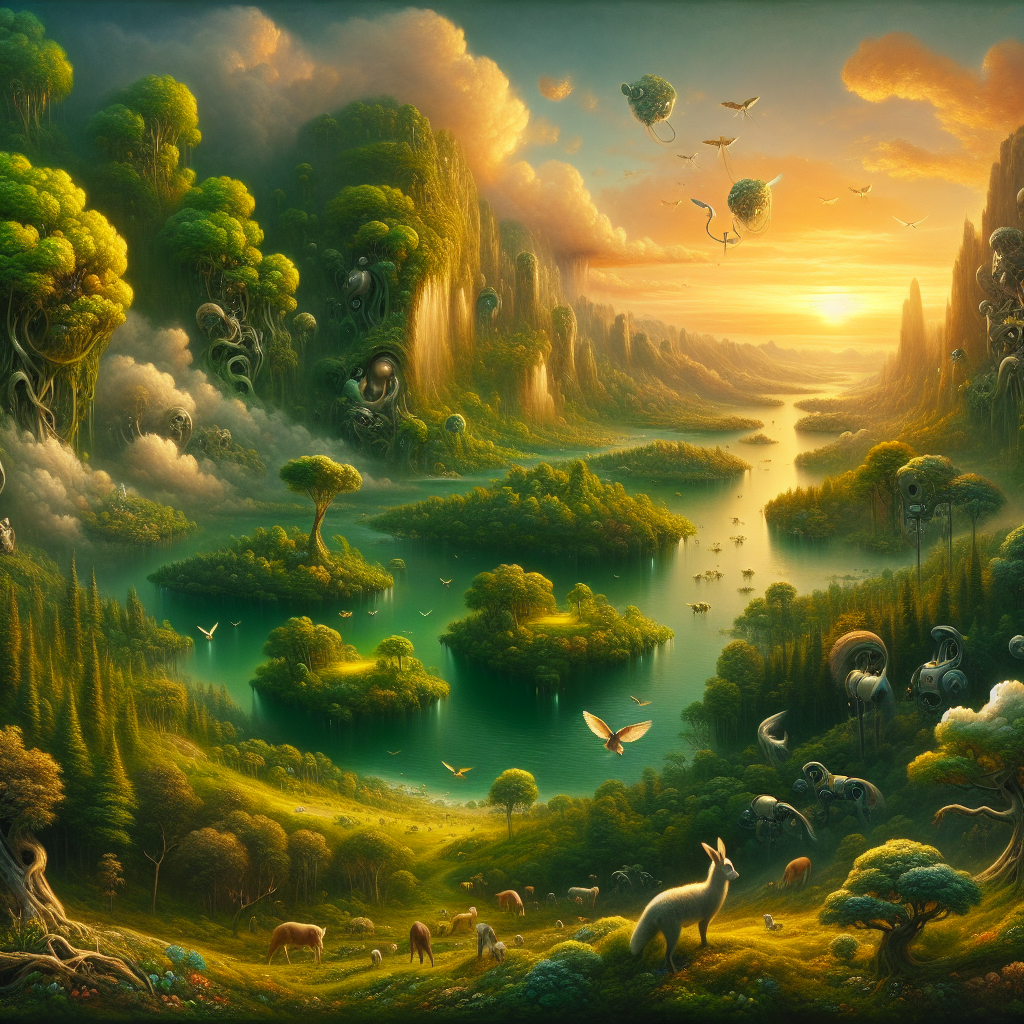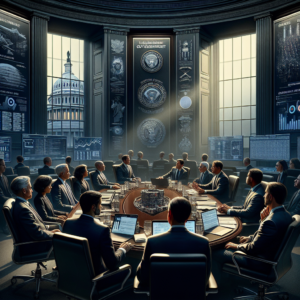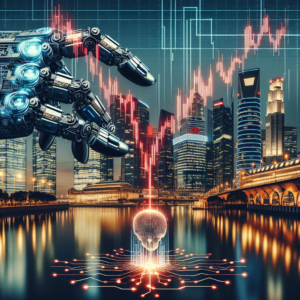The Limits of A.I.-Generated Miyazaki
The advent of artificial intelligence (A.I.) has revolutionized various industries, including entertainment and art. One of the most fascinating developments is the ability of AI to generate content reminiscent of renowned creators. In recent discussions, the limitations of A.I.-generated content, particularly in relation to the work of acclaimed Japanese filmmaker Hayao Miyazaki, have garnered attention. This blog post delves into the nuances of A.I.-generated creations, exploring how they stack up against the original artistry of Miyazaki.
Understanding A.I. and Its Capabilities
Artificial intelligence refers to systems that can perform tasks typically requiring human intelligence. These tasks might include understanding natural language, recognizing patterns, and even creating art. Recent advancements have led to sophisticated algorithms capable of producing artwork, music, and even scripts that mimic human creativity.
How A.I. Generates Content
A.I. systems utilize deep learning techniques to analyze existing works and generate new pieces based on learned patterns. The process generally involves the following steps:
1. Data Collection: Massive datasets of existing art, animation, and scripts are fed into the A.I. This could include works of famous animators, including those of Miyazaki.
2. Pattern Recognition: The A.I. analyzes the styles, themes, and techniques used by the artists to understand what makes their work distinctive.
3. Content Generation: Armed with this information, the A.I. can create new pieces that mimic the original styles. This can range from character designs to entire scenes reminiscent of Miyazaki’s films.
While the output can often be visually stunning, it raises profound questions about authenticity and the essence of creativity.
The Artistry of Hayao Miyazaki
Hayao Miyazaki, co-founder of Studio Ghibli, is celebrated for his imaginative storytelling and breathtaking animation. His films are characterized by:
– Complex Characters: Miyazaki’s characters often undergo significant growth, showcasing a blend of vulnerability and strength.
– Rich Themes: Environmentalism, pacifism, and the beauty of nature are recurring motifs in his work.
– Visual Splendor: His meticulous attention to detail and vibrant, hand-drawn animation brings fantastical worlds to life.
These elements combine to create a unique experience that resonates with audiences on multiple levels, something that A.I. struggles to replicate fully.
The Unique Essence of Miyazaki’s Work
Miyazaki’s films are not just visually appealing but are also steeped in personal philosophy and emotional depth. The following aspects highlight what makes his work irreplaceable:
1. Emotional Resonance: His ability to convey complex emotions connects deeply with viewers. A.I. lacks the human experience necessary to infuse genuine emotional depth.
2. Personal Narrative: Many of Miyazaki’s films draw from his personal experiences and beliefs, providing a unique lens through which he views the world.
3. Cultural Context: His stories often reflect Japanese culture, traditions, and societal issues, presenting a rich tapestry of nuance that A.I. cannot fully comprehend or replicate.
The Limitations of A.I. in Replicating Miyazaki’s Magic
Despite its technological prowess, A.I. is inherently limited in ways that prevent it from authentically mimicking the artistry of Miyazaki. Here are some key limitations:
1. Lack of Genuine Emotion
While A.I. can analyze and replicate emotional cues, it cannot genuinely feel or understand the human condition. The emotions portrayed in Miyazaki’s films stem from lived experiences and personal insight, which A.I. simply lacks.
2. Absence of Cultural Insight
Miyazaki’s films are woven with cultural significance that reflects Japanese society. An A.I. can generate content that appears similar on the surface, but it cannot capture the cultural nuances that inform Miyazaki’s narratives.
3. Creativity vs. Imitation
A.I. operates within the parameters set by existing works, meaning it can only rearrange and recombine elements of what it has learned. Genuine creativity involves innovation and the creation of new ideas, which A.I. is incapable of achieving. Miyazaki’s films introduce original concepts and narratives that resonate with audiences in ways that A.I.-generated content cannot.
Potential and Progress in A.I. Artistry
While there are clear limitations, it is also worth noting the potential for A.I. to aid artists, including the possibility of collaborating with human creators. A.I. can serve as a tool that facilitates creativity, helping artists brainstorm ideas or generate initial drafts.
Some potential applications of A.I. in the creative process include:
– Idea Generation: A.I. can provide a starting point for new stories or character designs, sparking inspiration in human creators.
– Animation Assistance: A.I. can help streamline the animation process by automating repetitive tasks, allowing artists to focus on the more creative aspects of their work.
– Interactive Experiences: Combining A.I. with storytelling can create immersive experiences that engage audiences in new ways.
However, any collaboration should not aim to replace the human touch that defines great art; rather, it should enhance the creative process, allowing unique voices to shine through.
The Future of A.I. and Art
As technology advances, the relationship between A.I. and creativity will continue to evolve. While A.I. can imitate styles and generate content, the heart and soul of artistry remain inherently human.
The future might see a harmonious blend where A.I. serves as a supportive tool, fostering creativity rather than replacing it. This allows artists, including those inspired by Miyazaki, to explore new mediums and narratives while retaining their unique perspectives and emotional storytelling.
Conclusion
In exploring the limits of A.I.-generated Miyazaki-style artwork, it becomes clear that while A.I. can produce impressive outputs, it cannot replace the emotional depth, cultural significance, and inventive spirit that characterize the work of Hayao Miyazaki. The dialogue surrounding A.I. and creativity is ongoing, and as we navigate this new landscape, it is essential to celebrate and honor the irreplaceable qualities of human artistry.
In the end, the true magic of Miyazaki lies in the adventures that transcend mere visual beauty, inviting audiences into worlds where imagination and emotion collide in a spectacular tapestry of storytelling. As A.I. technology advances, the challenge will be ensuring that this innovation complements rather than detracts from the art of storytelling, allowing human creativity to flourish in new and exciting ways.



